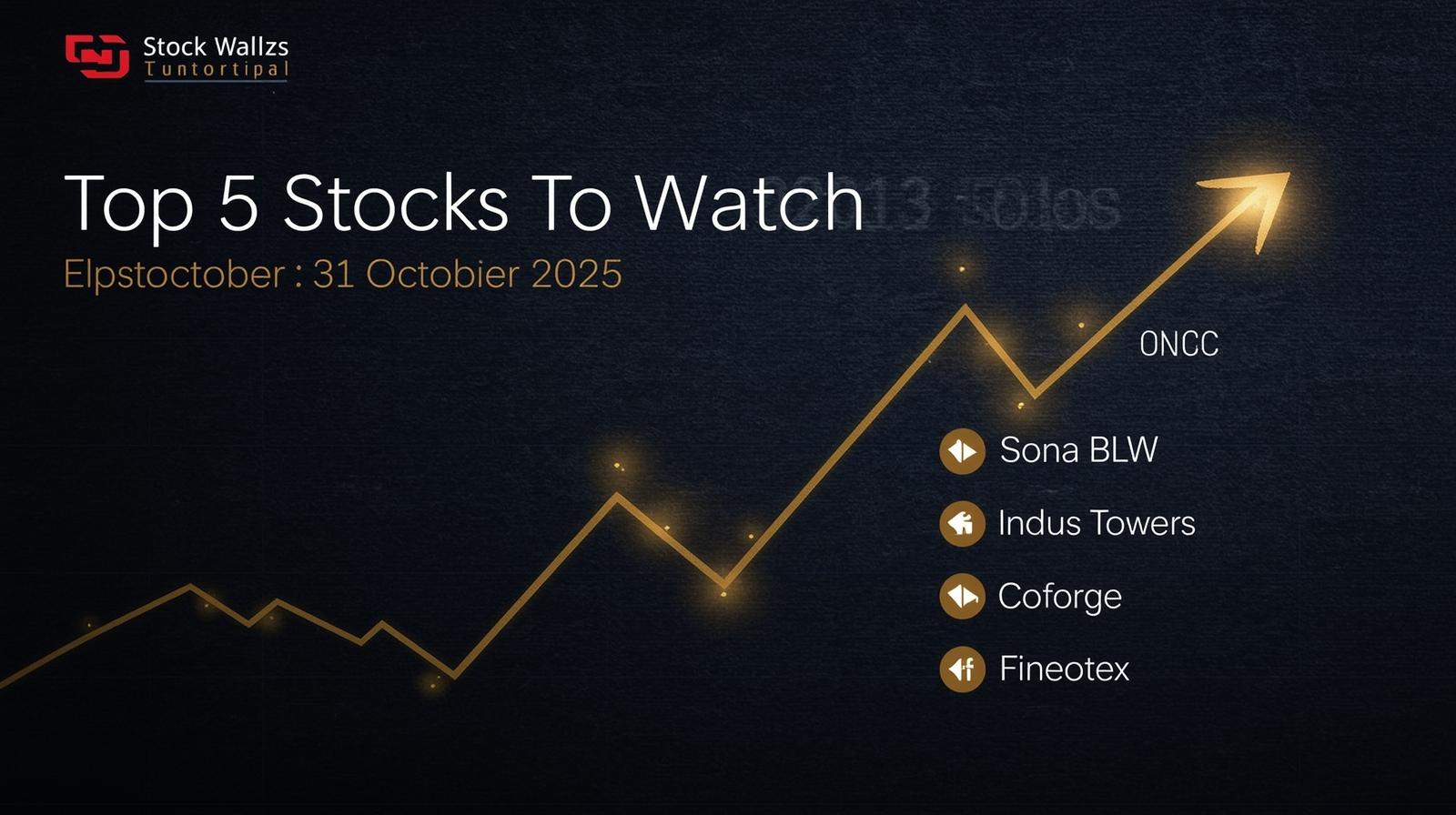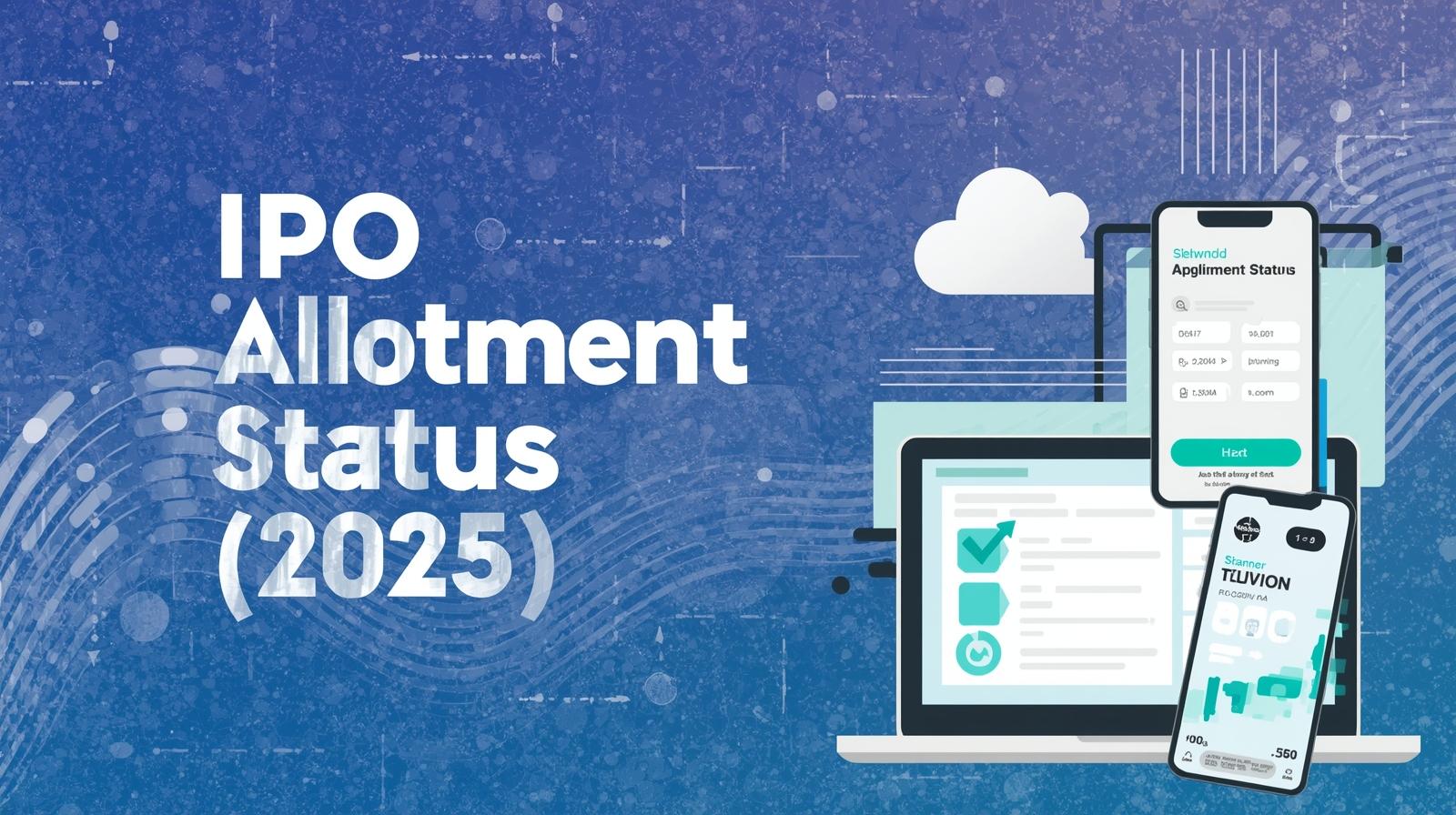Vodafone Idea share price| AGR dues| Supreme Court order| telecom stocks| Vodafone Idea news| Vodafone Idea analysis| Vodafone Idea market update|
Vodafone Idea Limited (NSE: IDEA) witnessed a steep 12% intraday fall on 30 October 2025 after the Supreme Court released its written order on Adjusted Gross Revenue (AGR) dues. The clarification limited the scope of relief available to the telecom operator, sparking investor concerns over its already-fragile financial position.
The decline triggered a sector-wide sell-off, with Indus Towers, Bharti Airtel, and Bharti Hexacom also facing selling pressure as the market reassessed regulatory risks in the telecom space.
📊 Current Share Price and Financial Overview
| Metric | Value |
|---|---|
| Current Price (approx) | ₹ 9.36 – ₹ 8.60 |
| 52-Week High / Low | ₹ 10.57 / ₹ 6.12 |
| Market Capitalisation | ~ ₹ 1.01 lakh crore |
| PE Ratio | Not meaningful (loss-making) |
| P/B Ratio | Negative |
| Analyst Target Range | ₹ 6.33 – ₹ 7.15 (average) |
| Forecast Range (max/min) | ₹ 15.00 / ₹ 2.30 |
| ARPU (latest) | ₹ 146 – ₹ 150 (approx) |
| Promoter Holding | ~ 25% (Govt of India ~49%) |
Despite ongoing operational improvements, such as a rising Average Revenue Per User (ARPU) and new network expansion deals, Vodafone Idea’s balance sheet remains stretched due to heavy debt, AGR dues, and negative net worth.
⚖️ Supreme Court’s AGR Order — What It Means
The Supreme Court’s written order brought long-awaited clarity to the long-running AGR case that has haunted the telecom industry for over a decade.
However, the fine print of the judgment restricted the relief scope for Vodafone Idea, stating that reconsideration of dues applies only to “additional AGR demands for the period up to FY2016-17.”
This clarification implied that:
- Broader waiver hopes for subsequent periods are off the table.
- Relief applies only to Vodafone Idea, not across the sector.
- The basis of relief is “peculiar facts and circumstances” of the company — especially the government’s 49% stake after the conversion of dues into equity.
As a result, the market interpreted the order as limiting financial relief, not expanding it.
🔍 Why the Market Reacted So Sharply
The 12% plunge wasn’t merely a technical correction — it was a sentiment shock. Here’s why:
1. Regulatory Uncertainty Returns
The AGR issue has long been a dark cloud over Indian telecoms. Investors hoped for sweeping clarity and long-term settlement. Instead, the order re-ignited doubts about future liabilities.
2. Limited Relief = Reduced Hope
Analysts had factored in potential write-backs or extended payment relief. The narrow definition of “reconsideration” now shrinks the upside for Vodafone Idea’s cash-flow projections.
3. High Debt and Low Cash Flow
With over ₹ 2 lakh crore in total liabilities and limited EBITDA growth, Vodafone Idea’s ability to service dues remains fragile. Any reduction in regulatory relief adds liquidity strain.
4. Government Ownership Complication
While the Government of India’s 48.99% stake was meant to stabilize operations, the SC order’s mention of this “peculiar circumstance” created new ambiguity — is future relief contingent upon state ownership?
5. Sector-wide Ripple Effect
Bharti Airtel, Bharti Hexacom, and Indus Towers all fell 1–3% in sympathy, showing that investors see AGR uncertainty as a systemic telecom risk, not a single-company issue.
🏗️ Company Fundamentals & Recent Developments
Despite this setback, Vodafone Idea continues to push operational reforms:
📶 4G & 5G Network Expansion
In September 2024, the company finalized a $3.6 billion network-equipment deal to accelerate its 4G and upcoming 5G rollouts. This contract aims to reduce subscriber churn and improve ARPU.
💰 Equity Infusion & Government Stake
Following debt-to-equity conversion, the Government now holds 49% of Vodafone Idea. Promoters Vodafone Group and Aditya Birla Group continue to explore fundraising via equity or preference shares.
📈 ARPU Growth
Thanks to tariff hikes, Vodafone Idea’s ARPU improved from ₹ 139 to ~₹ 150, narrowing quarterly losses. However, it still lags behind rivals Airtel (~₹ 210) and Jio (~₹ 181).
📉 Financial Results Snapshot
- Revenue (Q2 FY26): ~₹ 10,600 crore
- EBITDA: ~₹ 4,000 crore
- Net Loss: ~₹ 6,400 crore
- Total Debt: ~₹ 2.2 lakh crore
Even with cost optimization, the company remains loss-making and heavily dependent on tariff hikes or debt restructuring.
🧾 Analyst and Brokerage Reactions
Analysts were quick to flag the AGR order as a sentiment negative:
- Motilal Oswal: “The written order narrows the scope of relief; near-term equity dilution or government-led restructuring seems the only path.”
- Citi Research: “We expect downward revisions in valuation multiples; fair value drops by 10–15% post order.”
- ICICI Securities: “While the market reacted sharply, the structural turnaround depends on tariff hikes and capital infusion, not just legal relief.”
- Trendlyne consensus target: ₹ 6.33, implying 25–30% downside from current levels.
📉 Impact on Other Telecom Stocks
The negative sentiment extended across the telecom and tower space:
| Company | Intraday Change | Comment |
|---|---|---|
| Bharti Airtel | –1.5% | Investors cautious due to regulatory overhang |
| Bharti Hexacom | –3% | Regional exposure adds volatility |
| Indus Towers | –3% | Dependent on Vodafone Idea’s payment capacity |
| HFCL / Tejas Networks | –1% to –2% | Sector sympathy reaction |
Even Indus Towers, which awaits AGR clarity before unlocking dividend payouts, highlighted the wider ramifications of the order on telecom cash-flows and supplier sentiment.
📈 Technical Outlook
From a technical perspective, the stock shows weakness below ₹ 9.00 support.
- Immediate Support: ₹ 8.40
- Major Support: ₹ 7.60
- Resistance Zone: ₹ 9.80 – ₹ 10.20
- Momentum Indicators: RSI down to ~38, signaling short-term oversold conditions.
Traders may expect consolidation near ₹ 8.50 before any meaningful recovery.
💬 Investor Sentiment and Retail Impact
Retail investors, who form a significant part of Vodafone Idea’s shareholder base, reacted strongly on social media and trading platforms, expressing disappointment over the order’s implications. Many hoped for a full waiver or extended payment timeline.
However, analysts warn that speculative buying on small rallies could trap traders unless the company shows tangible progress in debt reduction or fundraising.
🏦 Macro & Policy Context
The AGR case traces back to the definition of “adjusted gross revenue” — the base on which telecoms pay licence fees and spectrum charges. In 2019, the Supreme Court ruled in favour of the Department of Telecommunications (DoT), raising dues of over ₹ 1.47 lakh crore for telcos.
Since then:
- Vodafone Idea’s dues exceeded ₹ 58,000 crore.
- Airtel’s dues were over ₹ 43,000 crore.
- Several smaller telcos exited or merged due to unsustainable liabilities.
Government reforms like the 2021 relief package, four-year moratorium, and equity conversion aimed to ease the burden — but the AGR definition and interest-on-interest disputes still hang in balance.
This new written order may now shape the next phase of telecom regulation, especially around how historical dues are treated.
🌐 Global Investor View
Foreign institutional investors (FIIs) have steadily reduced exposure to Vodafone Idea, citing uncertain cash flows and policy risk.
Yet, long-term funds see potential if the government supports consolidation and tariff rationalization.
Analysts from Jefferies and CLSA maintain “High Risk, High Reward” view — suggesting that any future tariff hike could sharply boost ARPU, but only if the company avoids new legal setbacks.
⚠️ Risks Ahead
- AGR and Legal Clarity
- Any further adverse interpretation could trigger new liabilities.
- Fundraising Uncertainty
- Pending capital infusion (~₹ 20,000 crore) remains critical.
- Competitive Pressure
- Airtel and Jio dominate spectrum, subscribers, and profitability.
- Operational Sustainability
- Without faster network expansion, subscriber losses may resume.
- Macroeconomic Factors
- High interest rates and global risk aversion may limit fresh capital inflows.
💡 Possible Upside Triggers
Despite challenges, a few positive catalysts could reverse sentiment:
- Government-led refinancing or conversion of remaining dues.
- Successful fundraising and 5G rollout execution.
- ARPU reaching ₹ 170 – ₹ 180 range post tariff hikes.
- Potential sector consolidation or merger discussions.
- Policy clarity on AGR for future periods.
📈 Long-Term View: Turnaround or Trap?
Vodafone Idea remains a speculative turnaround story. The company’s operational efforts are commendable, but debt and legal overhangs are immense.
The Supreme Court order underlines that structural relief, not judicial reprieve, will determine survival. The government’s dual role — as shareholder and regulator — adds complexity, yet also potential support.
For now, risk-averse investors may stay cautious, while aggressive traders may find short-term volatility opportunities near ₹ 8.50 – ₹ 9.00 levels.
📰 Conclusion
The 12% fall in Vodafone Idea shares following the Supreme Court’s AGR written order underscores the fragile balance between regulation, finance, and investor confidence in India’s telecom sector.
While the company continues to improve operations, the market’s verdict is clear: until there’s concrete financial relief, new capital inflows, and stronger ARPU growth, Vodafone Idea’s road to recovery remains steep.
The ripple effect on other telecom and tower stocks also highlights how policy risk remains sector-wide, affecting valuations across the board.
Investors should track further DoT announcements, fundraising updates, and quarterly performance to gauge whether this fall represents a short-term panic or a deeper structural warning.
📌 Stock Market Disclaimer
- Disclaimer: This post is for informational and educational purposes only and does not constitute financial advice or a recommendation to buy/sell any stock or share. Investing in the stock market involves risk. Past performance is not indicative of future results. Always conduct your own research or consult a licensed financial advisor before making investment decisions.
- The information provided on this platform is for educational and informational purposes only. It should not be considered as investment advice, stock recommendations, or financial guidance.
- ⚠️ Stock Market Investments
- Investing in equities, derivatives, mutual funds, and other financial instruments involves market risks, volatility, and the possibility of capital loss.
- Past performance of stocks or indices is not indicative of future returns.
- Always conduct your own research or consult a SEBI-registered financial advisor before making investment decisions.
- ⚠️ IPO (Initial Public Offerings)
- IPO details, issue size, subscription data, and allotment status shared here are based on publicly available information from company filings, stock exchanges, and merchant bankers.
- Investing in IPOs carries risks including listing volatility, business uncertainties, and sector performance dependency.
- Neither acceptance of applications nor allotment guarantees profits. Investors should evaluate their risk appetite before subscribing.
- ⚠️ GMP (Grey Market Premium)
- Grey Market Premium (GMP) is an unofficial and unregulated indicator of expected IPO listing price.
- GMP data is collected from market observers and informal trading circles; it does not have any legal or SEBI recognition.
- GMP values are highly speculative and may differ significantly from actual listing prices. Investors should not rely solely on GMP while taking investment decisions.
- ✅ General Advisory
- We do not provide any buy/sell/hold recommendations.
- Readers and investors are solely responsible for their investment actions and decisions.
- This platform, its authors, and affiliates are not liable for any direct or indirect financial loss arising from the use of this information.
- 🔒 Always invest responsibly and diversify your portfolio.
Open Demat Account
by Mirae Asset (m,Stock)


-
Top 5 Stocks to Watch Tomorrow (31 October 2025) | Nifty Outlook, Key Levels & Trading Strategy
Date: 30 Oct 2025 | Market Overview Top stocks to watch tomorrow| Indian stock market| Nifty prediction| ONGC share| Sona…
-
Indian Stock Market Today (30 October 2025): Nifty, Sensex Fall Sharply as Fed Signal and Global Cues Hit Sentiment; Outlook for Tomorrow
🧭 Market Overview Nifty today| Indian stock market| Nifty prediction| Sensex fall| market outlook 31 October 2025| The Indian stock…
-
Vodafone Idea Shares Price Plunge 12% After Supreme Court AGR Order — Market Reacts Sharply
Vodafone Idea share price| AGR dues| Supreme Court order| telecom stocks| Vodafone Idea news| Vodafone Idea analysis| Vodafone Idea market…
-
Federal Reserve Rate Cut 2025: Full Report & Impact on Indian Markets (FED Rate Cut)
📰 Overview: Federal Reserve Announces Another Rate Cut (FED rate cut) The U.S. Federal Reserve, in its October 29, 2025,…
-
Nifty today crosses 26,000 mark as markets rally; Bank Nifty, Fin Nifty, and Midcap Nifty gain — October 29, 2025
Nifty today, Bank Nifty, Fin Nifty, Midcap Nifty, stock market update, NSE indices 🟢 Stock Market Update — October 29,…


